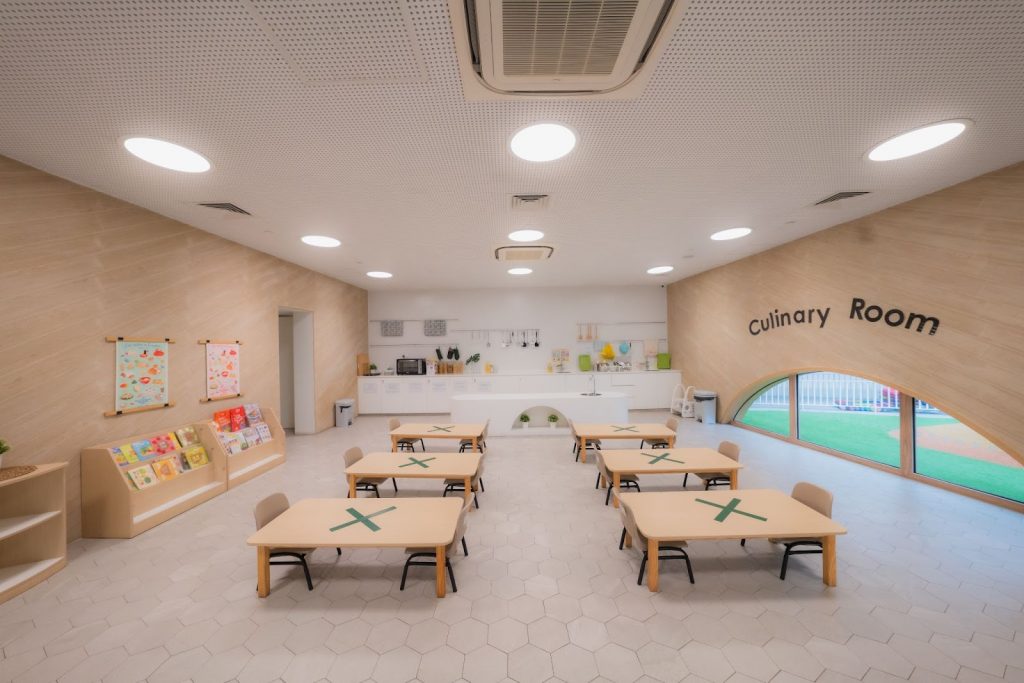Top image: Zachary Tang / RICE File Photo
Growing up in a supposedly “elite” school in Singapore, I was constantly pressed for time. Wake up at 6am, study till 3pm, CCA till 7pm, then rush home for dinner. The next day, I would have to wake at 4am to finish my homework.
Despite spending all this time studying, I still failed my tests. I remember scoring a paltry 34 out of 100 for my Chemistry exam a month before my A-Levels—you can imagine the stress.
ADVERTISEMENT
It was not until I moved to the UK for university that I realised that this was not normal. Studying social work, a social science subject, changed my idea of the ideal. In particular, there were two paradigm shifts. The first happened as I questioned my professor one afternoon about the best way to prepare for the exams. Pausing, he said, “It’s not the answer that matters. Ask better questions.”
Second, it was the idea that more time spent in classrooms equated to better learning. From 35 hours a week spent in classrooms in Singapore, I was in for only 15 in the UK.
Now you may say that this is university, after all, and that students are expected to be more independent with their studies—less time is therefore needed in the classroom. But beyond the obvious, there is a grave misconception that more time spent in the classroom, even in primary or secondary school, is time well-spent. This is a fallacy.
Why Singaporean students are so stressed
An American National Center on Education and the Economy (NCEE) study found that Singaporean students spent 5.5 hours on average in lower secondary school—lesser than countries like South Korea, Estonia, the US, and New Zealand.
But while Singaporean students spend fewer hours in school than many of their counterparts, they are far more stressed. A 2017 OECD study found that 76% of Singaporean students felt very anxious about tests even when they are well-prepared for them. This is above the global average of 55%. Evidently, school hours are not causing the stress.
As the NCEE report showed, the average length of a country’s school day is only so telling if students are subject to excessive hours of studying after class.
“Students in Finland, for example, have only about 5 hours per day in school and little homework outside of school. But students in many Asian nations are in school for longer days, and many then attend private “cram schools” for hours per day outside of regular school time.”
This is precisely the case in Singapore, where private tutoring has become so widespread that about 80% of primary school students receive tuition—a giant leap from 40% in 1992. On top of that, Singaporean students spend almost 10 hours a week on homework, double the worldwide average.
Essentially, it is not the hours spent in school that overwhelms Singapore students, but the additional time they are expected to put in between tuition and homework after class.

Exams are not the only problem
With so much work piled onto our students, I was almost relieved to learn about Minister for Education, Chan Chun Sing’s announcement on March 7 that all mid-year examinations would be removed in primary and secondary schools.
ADVERTISEMENT
The move hopes to reduce the focus of schoolteachers on preparing students for exams, “creating time and space for our students to develop the life skills they need for success”.
This sounds great in theory, but in practice, removing exams is unlikely to create time and space for students. The focus on removing midyear exams misleads us into thinking that the pressure from exams is the problem rather than the symptom of the problem.
If anything, eliminating exams may exacerbate pressure on students, with parents replacing exam preparation time with more tuition or homework.
Reducing the number of tests is well-intended and will potentially reduce the immediate stressors on students. But tests are not the main problem when, in the first place, tests are called upon by parents because they want assurance that their kids are on track to reach their fullest, most maximum developmental potential.
After all, knowing that a child does well may not be enough for a parent. How well a child is doing is of greater importance.
When we remove these tests, do they inadvertently increase the pressure on parents to seek alternative sources of assessment, such as those found in tuition centres? It seems to be the case—Michael Chan, the founder of Frankel Tutors, has told me they have recently seen a spike in interest for the centre’s mock exams arranged during school holidays.
Ironically, amidst this move to teach and test less, we are moving to tutor more, further subjecting students to more learning hours outside of school.

Our school system is changing, but is it for the better?
Undoubtedly, our education landscape has changed much over the past 20 years. In 2004, PM Lee introduced “Teach Less Learn More”. In 2011, Mr Heng Swee Keat introduced the concept of “Every School A Good School”. Now, Minister Chan is debuting the idea of “Test Less”.
But despite these changes, what’s revealing is how average household spending on tuition has gone up from S$79.90 per month in 2012/2013 to S$88.40 per month in 2017/2018. Despite the shift towards more plural forms of assessment, students are still increasingly taking up more study hours outside of school.
Possibly, then, the more significant problem that lurks beneath the surface is the comfort level of our parents with different testing, different grading, and different definitions of success. Naturally, parents want the best for their children. When these traditional markers of achievement (or non-achievement) are removed, how do parents gauge what corrective actions are needed to help their child?
As NIE’s Associate Professor Jason Tan observed, there is a “mismatch of expectations” between how parents and teachers see assessments. Parents see assessments as “summative”, providing a conclusive summary of the child’s progress. Teachers, however, see assessments as “formative” and a good way to identify gaps in knowledge.
Parents may also need better awareness about the purpose behind removing examinations beyond “reducing stress” for students. They may find that reason hard to swallow, especially when their memory of school was that of a stressful, difficult experience, convinced that a competitive and grades-focused education is the only right way forward.

The problem with high-stakes examinations
As long as there’s an edge that can be gotten, we can trust parents to fight tooth and nail to win that edge for their child. Despite Mr Heng’s previous assurances of “every school a good school”, deep down, parents know that there is a hierarchy. Otherwise, any person would and—should—be able to enrol in elite schools in Singapore, regardless of their academic standards.
Therein lies the dilemma. A meritocratic system requires sorting. And sorting inadvertently sits at odds with Mr Chan’s efforts to give children “more time for self-directed learning”—at least during school hours. Outside school time, a child’s academic success is often subjected to the cruel world of supply and demand, rewards and punishment.
And however noble our efforts are to remove the mid-year examinations, parents know that at the end of the education system lies a national exam like the PSLE that will determine the fate of students. This exacerbates parents’ anxieties, prompting them to further invest in private tuition during their child’s free time to give their offspring an advantage.
The work then is to ensure that parents come onboard and stay onboard a well-intended policy to give children the time and space to learn out of curiosity rather than compulsion
The easiest way, perhaps, is to abolish PSLE. Indeed, Mayor Denise Phua has called for MOE to abolish the “sacred cow” of PSLE to free up “hot-housing time” spent on crunch subjects.
But even if it removed, would we, as parents, teachers, tutors, and society, be comfortable with gifting time and space to our children? Would we be okay if our children went out to play instead of spending time on homework? Or would we turn to more homework, books, and enrichment classes so that children learn something useful and do something productive?
Free, unstructured time seems to be the villain we are trying to kill with our race to fill up children’s calendars. When we do this, what is the society we are encouraging—happy children or high-achieving ones?
The worst and best gift of time
Observe a young child, and you will see how unfettered they are by time. Time has little significance as they play amongst their toys with their friends. “Mummy, one more minute, please?” they plead.
Inside every child is a silent clock, where they see their hours stretch and wonder when they will ever grow up. Inside every parent, too, is a clock. But this is a countdown clock that carefully tracks the time before the next activity, the next class, the next exam, the next milestone.
Perhaps the biggest curse we give our children is awareness of time and how urgent and precious it is.
And as we move onward from the pandemic and the collective grief from the River Valley incident, the future of our society and the children that live in it, stands on the cusp of a different time. And the foundations upon which we’ve built our education are now shaking.
It perhaps is a poignant sign for us to offer the gift that we can never buy, trade, or get more of, to our children—the gift of time.



